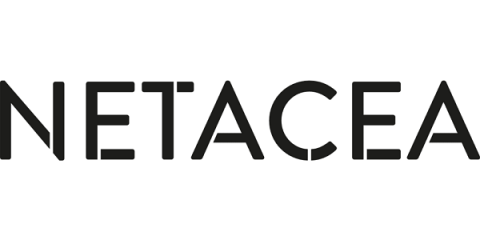Why you shouldn't share your Netflix password, even with your parents
In March 2021, Netflix users logging into shared accounts reported seeing a message on the service telling them, “If you don’t live with the owner of this account, you need your own account to keep watching.” At the time, the affected users had to input a multifactor authentication (MFA) code sent via SMS or email to regain access.







